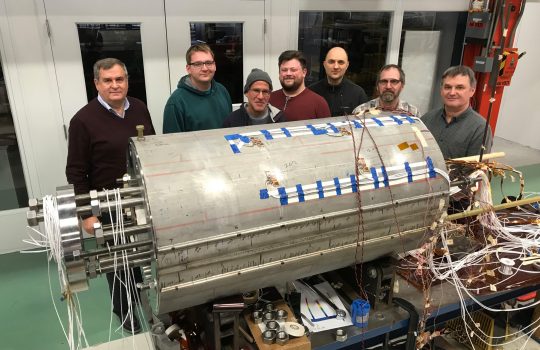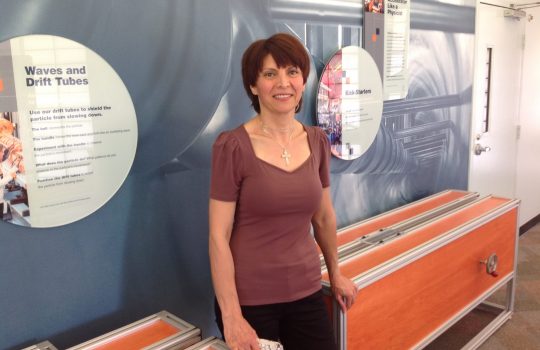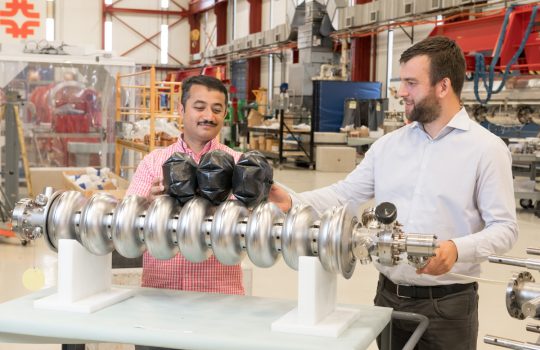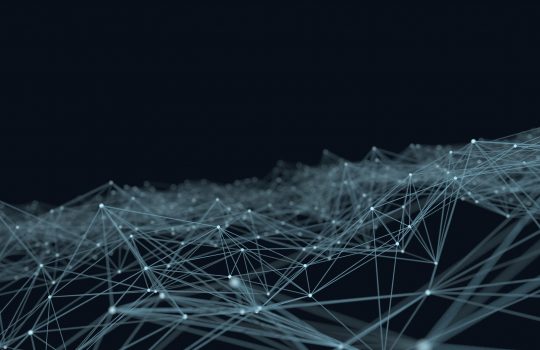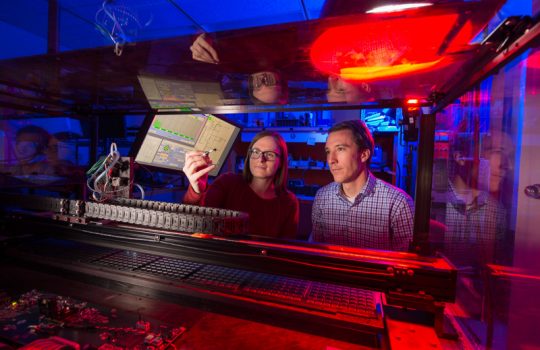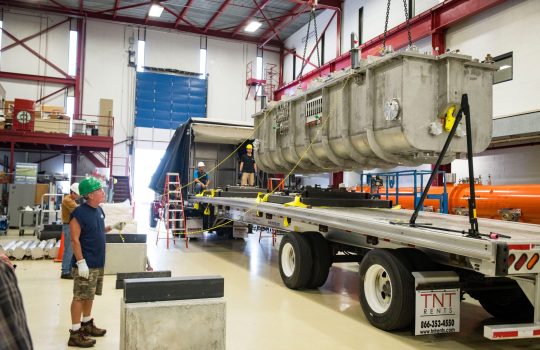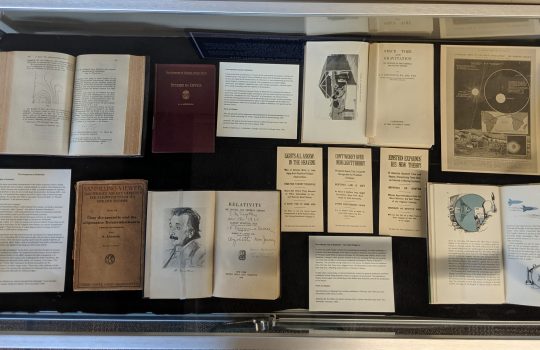Fermilab achieves world-record field strength for accelerator magnet
Future particle colliders will need strong magnets to steer high-energy particle beams as they travel close to the speed of light on their circular path. A group at Fermilab has achieved a record field strength of 14.1 teslas for a particle accelerator steering magnet, breaking the 11-year record.

